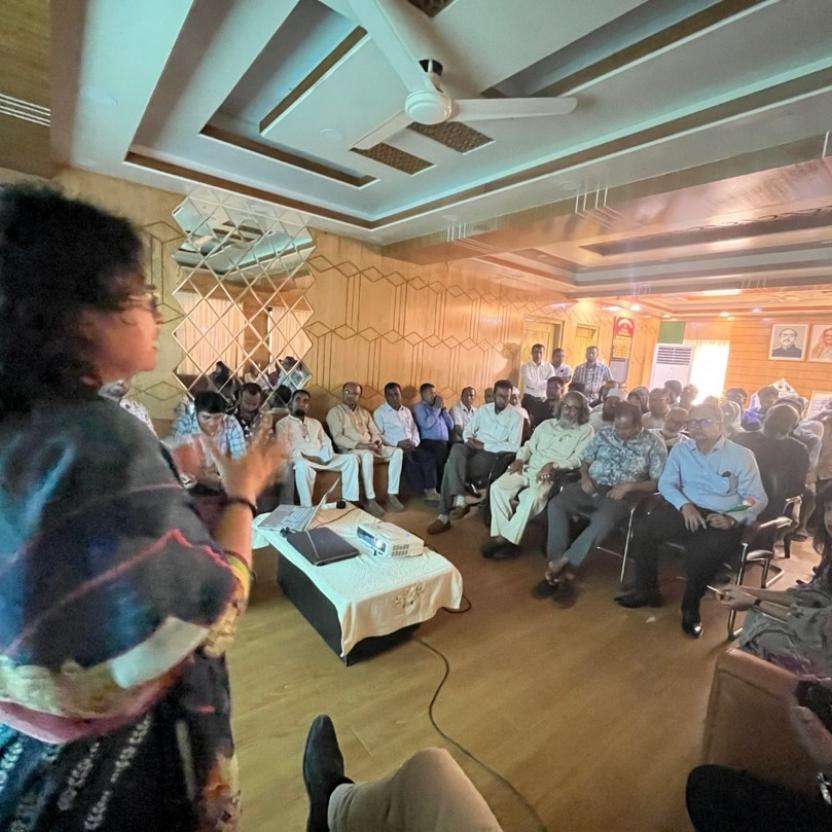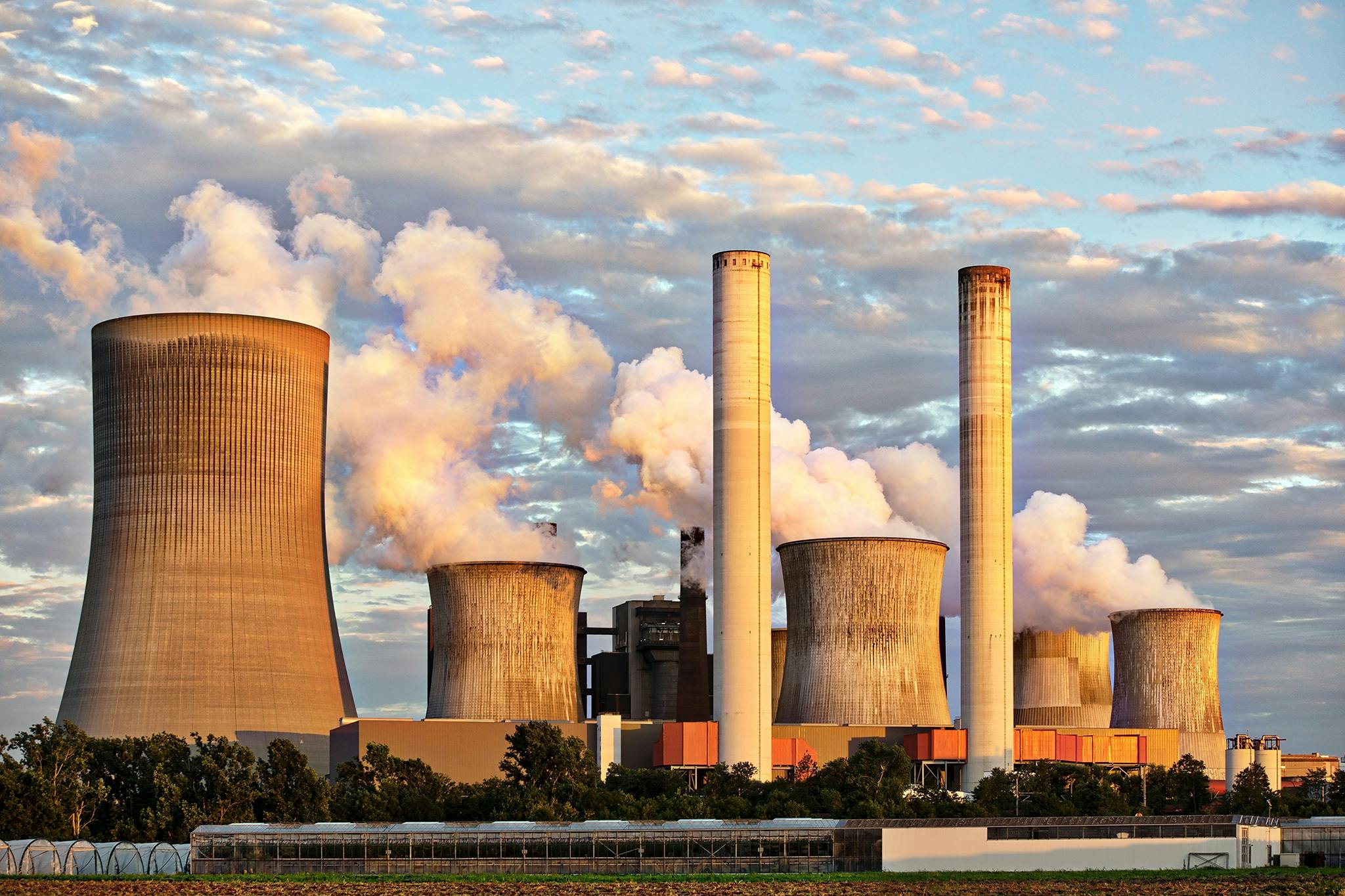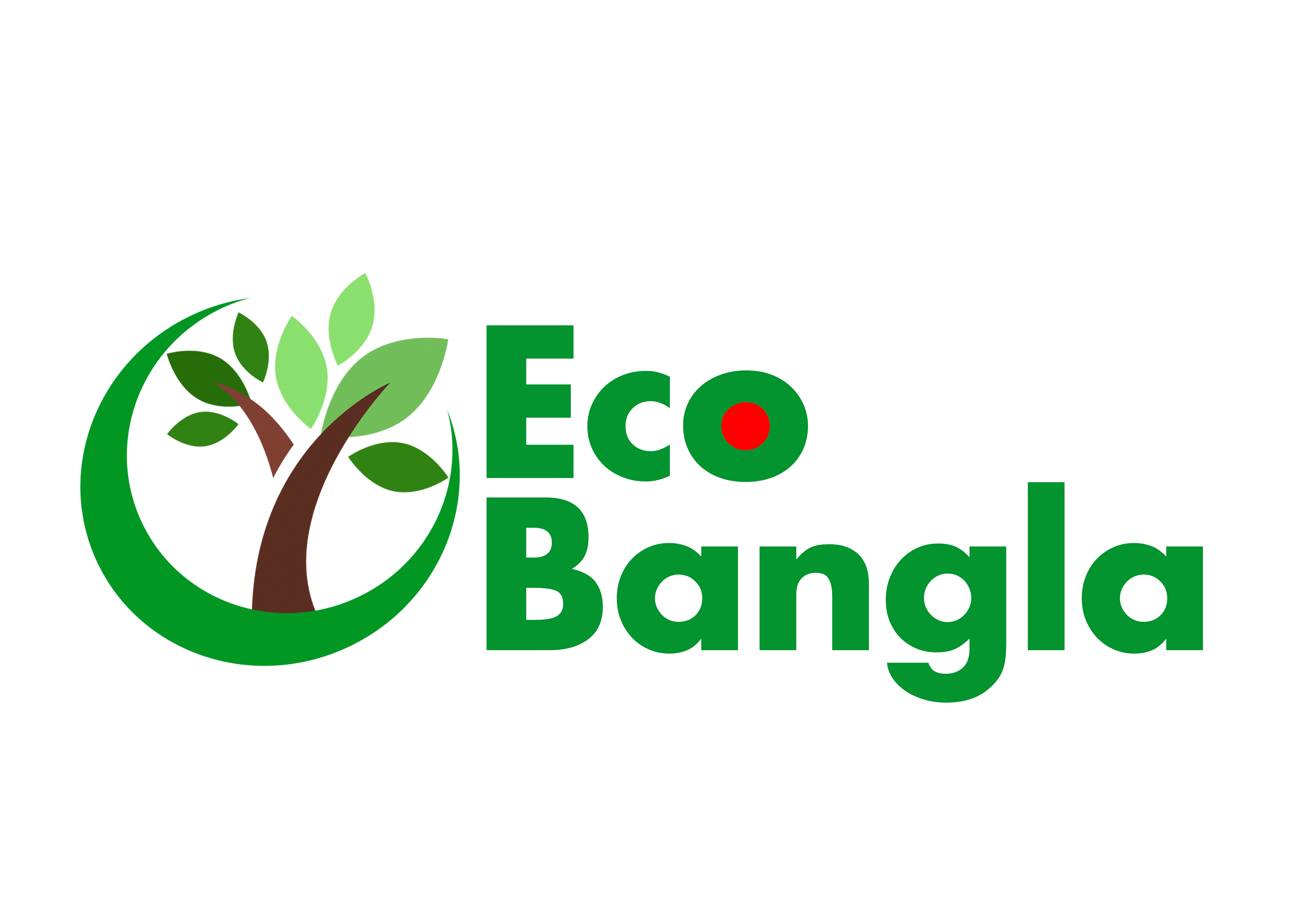Bangladesh: Small community grants with big, green effects in growing cities
In Bangladesh, rapid and largely unplanned urbanisation has reduced critical green spaces in cities, leaving communities with fewer public recreational areas and increasing their vulnerability to flooding and other environmental challenges. The population increase in smaller municipalities, known as pourashavas, comes with many challenges that demand urgent investment in climate- and water-resilient urban infrastructure. In the expanding pourashavas of Keshabpur and Raozan, severe flooding has occurred, and water management challenges have worsened. Poor drainage, sanitation and waste disposal practices are now major problems that could lead to water insecurity and reduced quality of life.
Administrator
June 27, 2025
12
0

Large-scale infrastructural delays Addressing these interconnected challenges is important for the well-being of Bangladeshis living in these areas and the long-term sustainability of the environment. Yet, many local governments don’t have the financial resources and community engagement needed to readily fix these problems, so they often turn to donors for support. However, securing the large amounts of funding needed for large-scale urban infrastructure projects is a slow and difficult process for smaller municipalities. Few succeed in raising the money needed. Projects at this scale, while vital, often take years to get approved and even longer to implement, said Sami Chowdhury, a Bangladeshi lawyer involved in a project to bring swifter progress. “In our country, these large-scale infrastructure projects are subject to extensive bureaucratic procedures, which can significantly delay their implementation. The approval process is complex, requiring multiple stages of review and authorisation, resulting in a lengthy timeline before projects can commence,” he said. Infrastructure improvements therefore don’t happen as quickly as they are needed. In some cases, more than a decade passes before the pourashavas see meaningful change. Meanwhile, residents suffer from inadequate urban services for water and waste management, and the lack of parks and other green natural areas in their neighbourhoods. "In our country, these large-scale infrastructure projects are subject to extensive bureaucratic procedures, which can significantly delay their implementation." Sami Chowdhury, Urban Demonstrators project leader, Bangladesh Community-driven interventions In 2023, Urban Demonstrators—a project supported by the Water and Development Partnership Programme with funding from the Dutch Ministry of Foreign Affairs—introduced a different, complementary financing approach aimed at restoring and safeguarding public green spaces in Bangladesh. The project coordinator, Chris Zevenbergen, IHE Delft Professor of Flood Resilience of Urban Systems, said: “This funding model challenges the idea that only large sums of money are needed to improve urban environments. Instead, it empowers local communities to take ownership and participate in the development process by co-designing, co-financing and implementing small-scale, climate-resilient infrastructural improvements.” Urban Demonstrators initiated a pilot programme that engaged the local governments and residents in Keshabpur and Raozan in implementing two small-scale, community-driven interventions. "This funding model challenges the idea that only large sums of money are needed to improve urban environments." Chris Zevenbergen, IHE Delft Professor of Flood Resilience of Urban Systems “To better understand the community's needs, we engaged directly with local residents, hosting multiple town hall meetings and conducting individual interviews. Through these conversations, we discovered a strong desire among the community to restore and protect urban green spaces. Community members consider sustainable, accessible and healthy environments in the city important,” said Sami Chowdhury, the project leader from Bangladesh. Urban Demonstrators then provided small grants of only tens of thousands of euros to the communities—far smaller than the millions typically needed for larger and more comprehensive grey infrastructure projects. This initial, essential funding came with one key condition: the communities must be willing and able to also contribute their time, money and local resources to enhance and protect these public green spaces. The goal was to bring rapid, visible improvements for the residents to enjoy within a relatively short timeframe of about one to two years.
You Might Also Like
Ancient Forest Guardians: The Khasi Community's Struggle for Survival in Bangladesh

Bangladesh: First Nuclear Plant Sparks Safety Fears
Comments (0)
Please sign in to leave a comment
Join the conversation and share your thoughts!
No comments yet
Be the first to share your thoughts!
Popular Articles
Discover trending eco-news and popular articles from our community.
